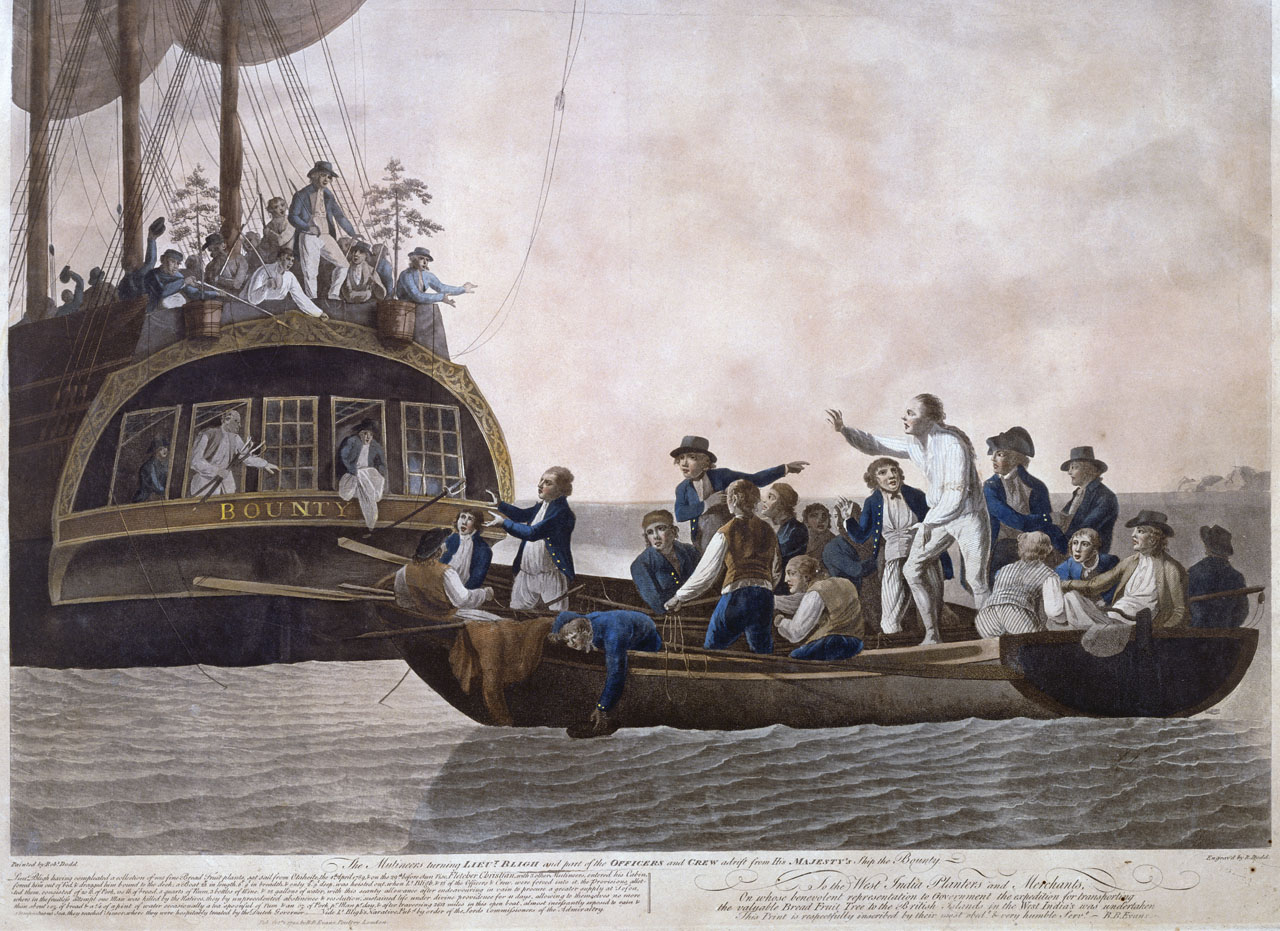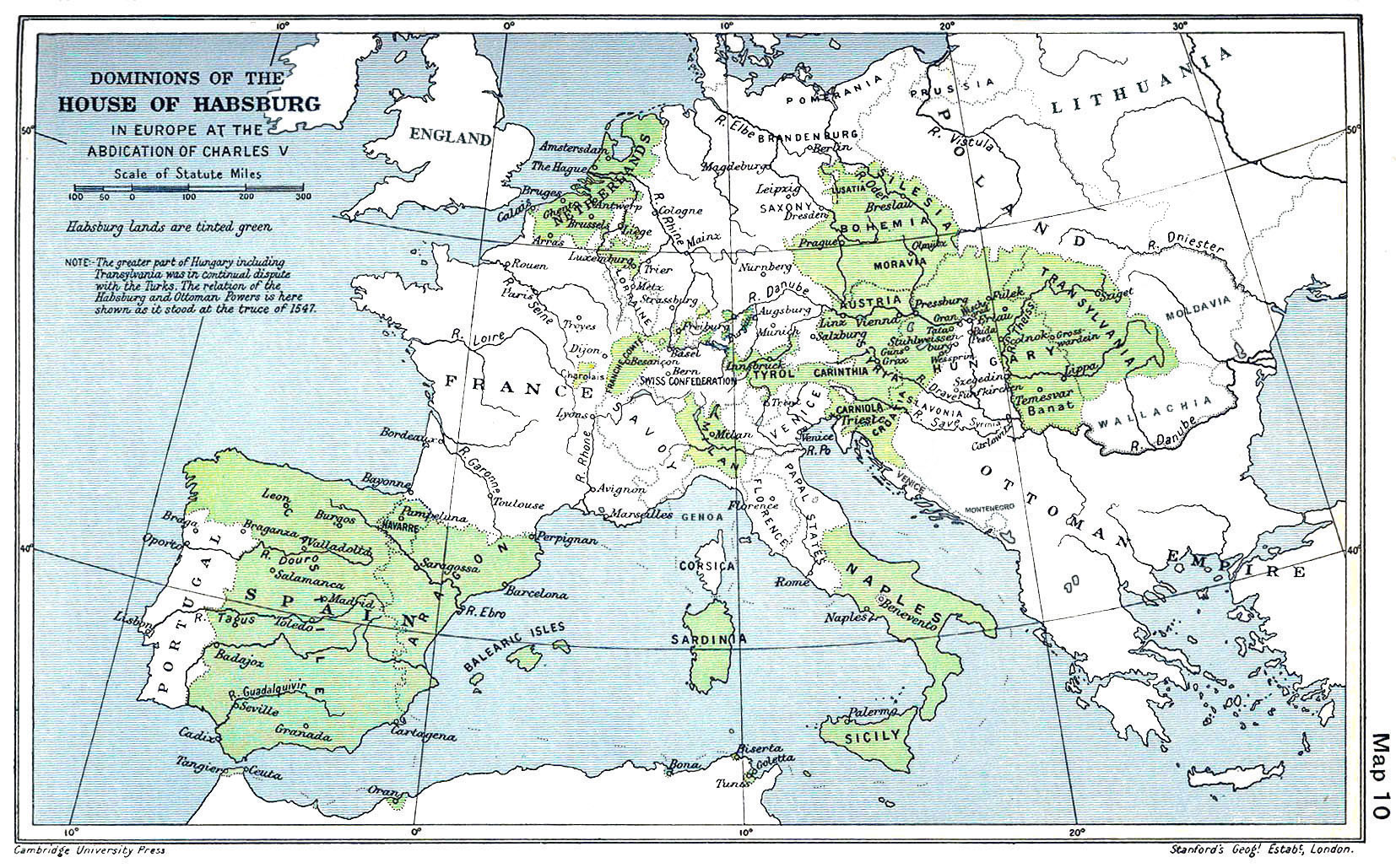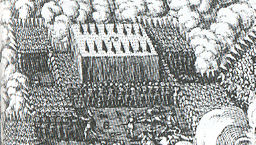|
Army Of Flanders
The Army of Flanders (; ) was a field army of the Spanish Army based in the Spanish Netherlands between the 16th and 18th centuries. It was one of the longest-serving field armies of the early modern era, being founded in 1567 and disbanded in 1706. Taking part in numerous battles of the Eighty Years' War and Thirty Years' War, it employed or pioneered many developing military concepts, including permanent units (''tercios''), barracks and military hospitals long before they were adopted in most of Europe. As a result, the Army of Flanders has been considered the world's de facto first modern professional standing army. Sustained at huge cost and at significant distances from Habsburg Spain, Spain via the Spanish Road, the Army of Flanders also became infamous for successive mutiny, mutinies and its ill-disciplined activity on and off the battlefield, including the sack of Antwerp in 1576. Creation of the Army The Army of Flanders formed the longest standing army in the early mode ... [...More Info...] [...Related Items...] OR: [Wikipedia] [Google] [Baidu] |
Battle Of Nieuwpoort
The Battle of Nieuwpoort (also known as the Battle of the Dunes) was fought on 2 July 1600 during the Eighty Years War and the Anglo-Spanish war in the dunes near Nieuwpoort. A Dutch army met a Spanish force head-on which, although their left flank nearly broke, were able to assail them with both infantry and cavalry. The Spanish gradually scattered in all directions and left their guns on the field. Background The battle pitted the military leaders of both of the Netherlands (the Dutch Republic and the Habsburg Netherlands) against each other: The armies of the Dutch Republic were commanded by Maurice, Count of Nassau; the armies of the Habsburg Netherlands were commanded by Albert, Duke of Burgundy. Albert ruled autocratically, Maurice had to abide by the demands of the Dutch parliament. Both commanded multinational armies, though the Spanish army was entirely Catholic while the Dutch army was predominantly Protestant. Maurice (1567–1624) was the son of the leader of the ... [...More Info...] [...Related Items...] OR: [Wikipedia] [Google] [Baidu] |
Field Army
A field army (also known as numbered army or simply army) is a military formation in many armed forces, composed of two or more corps. It may be subordinate to an army group. Air army, Air armies are the equivalent formations in air forces, and Naval fleet, fleets in navy, navies. A field army is composed of 80,000 to 300,000 soldiers. History Specific field armies are usually named or numbered to distinguish them from "army" in the sense of an entire national defence force or land force. In English language, English, the typical orthography, orthographic style for writing out the names field armies is Numeral (linguistics), word numbers, such as "First Army"; whereas corps are usually distinguished by Roman numerals (e.g. I Corps) and subordinate formations with ordinal number (linguistics), ordinal numbers (e.g. 1st Division). A field army may be given a geographical name in addition to or as an alternative to a numerical name, such as the British Army of the Rhine, Army of t ... [...More Info...] [...Related Items...] OR: [Wikipedia] [Google] [Baidu] |
Early Modern Period
The early modern period is a Periodization, historical period that is defined either as part of or as immediately preceding the modern period, with divisions based primarily on the history of Europe and the broader concept of modernity. There is no exact date that marks the beginning or end of the period and its extent may vary depending on the area of history being studied. In general, the early modern period is considered to have lasted from around the start of the 16th century to the start of the 19th century (about 1500–1800). In a European context, it is defined as the period following the Middle Ages and preceding the advent of modernity; but the dates of these boundaries are far from universally agreed. In the context of World history (field), global history, the early modern period is often used even in contexts where there is no equivalent "medieval" period. Various events and historical transitions have been proposed as the start of the early modern period, including ... [...More Info...] [...Related Items...] OR: [Wikipedia] [Google] [Baidu] |
Sack Of Antwerp
The sack of Antwerp, often known as the Spanish Fury at Antwerp, was an episode of the Eighty Years' War. It is the greatest massacre in the history of the Low Countries. On 4 November 1576, mutinying Spanish tercios of the Army of Flanders began the sack of Antwerp, leading to three days of horror among the population of the city, which was the cultural, economic and financial center of the Low Countries. The savagery of the sack led the provinces of the Low Countries to unite against the Spanish crown. The devastation also caused Antwerp's decline as the leading city in the region and paved the way for Amsterdam's rise. Causes The principal cause of the sack was the delay in payment due to the soldiers by Philip II of Spain, who had recently declared bankruptcy. Bankers refused to perform the transactions the king of Spain asked of them until they had reached a compromise. Case in point, the transfer of the troops' salary from Spain could not be performed by letter of ... [...More Info...] [...Related Items...] OR: [Wikipedia] [Google] [Baidu] |
Mutiny
Mutiny is a revolt among a group of people (typically of a military or a crew) to oppose, change, or remove superiors or their orders. The term is commonly used for insubordination by members of the military against an officer or superior, but it can also sometimes mean any type of rebellion against any force. Mutiny does not necessarily need to refer to a military force and can describe a political, economic, or power structure in which subordinates defy superiors. During the Age of Discovery, mutiny particularly meant open rebellion against a ship's captain. This occurred, for example, during Ferdinand Magellan's journeys around the world, resulting in the killing of one mutineer, the execution of another, and the marooning of others; on Henry Hudson's '' Discovery'', resulting in Hudson and others being set adrift in a boat; and the famous mutiny on the ''Bounty''. Mutiny is widely considered a serious crime, punishable by imprisonment, penal labour or death. ... [...More Info...] [...Related Items...] OR: [Wikipedia] [Google] [Baidu] |
Spanish Road
The Spanish Road was a military road and trade route linking Spanish territories in Flanders with those in Italy. It was in use from approximately 1567 to 1648. The Road was created to support the Spanish war effort in the Eighty Years' War against the Dutch Republic. Although sending reinforcements by sea directly from Spain was much quicker, Spanish vessels sailing up the English Channel were subject to attacks by the increasingly dominant Dutch navy. It was therefore safer to assemble troops and supplies in Northern Italy, then march them overland along the length of the Road. Between 1567 and 1620, over 123,000 men were transported using this overland route, compared to only 17,600 by sea. The Road was eventually severed when France joined the Thirty Years' War in 1635 on the Dutch side. Background By 1550, conflict within the Holy Roman Empire and Italy had stretched Spain's finances thin, requiring new taxes on the wealthy provinces of the Spanish Netherlands. The resen ... [...More Info...] [...Related Items...] OR: [Wikipedia] [Google] [Baidu] |
Habsburg Spain
Habsburg Spain refers to Spain and the Hispanic Monarchy (political entity), Hispanic Monarchy, also known as the Rex Catholicissimus, Catholic Monarchy, in the period from 1516 to 1700 when it was ruled by kings from the House of Habsburg. In this period the Spanish Empire was at the zenith of its influence and power. During this period, Spain held many territories, including American continental holdings and the Spanish West Indies, West Indies; European territories like the Habsburg Netherlands, Low Countries, Council of Italy, Italian territories, Iberian Union, Portugal and parts of County of Burgundy, France; and the Captaincy General of the Philippines, Philippines and other possessions in Southeast Asia. The period of Spanish history has also been referred to as the "Age of Discovery, Age of Expansion". The Habsburg name was not always used by the family members, who often emphasized their more prestigious princely titles. The dynasty was long known as the "House of Austr ... [...More Info...] [...Related Items...] OR: [Wikipedia] [Google] [Baidu] |
Standing Army
A standing army is a permanent, often professional, army. It is composed of full-time soldiers who may be either career soldiers or conscripts. It differs from army reserves, who are enrolled for the long term, but activated only during wars or natural disasters, and temporary armies, which are raised from the civilian population only during a war or threat of war, and disbanded once the war or threat is over. Standing armies tend to be better equipped, better trained, and better prepared for emergencies, defensive deterrence, and particularly, wars. Wills, Garry (1999). ''A Necessary Evil, A History of American Distrust of Government'' New York, N.Y.; Simon & Schuster. The term dates from approximately 1600, although the phenomenon it describes is much older. History Ancient history Mesopotamia Sargon of Akkad, the founder of the Akkadian Empire, is believed to have formed the first standing professional army. Tiglath-Pileser III of Assyria (ruled 745–727 BC) cre ... [...More Info...] [...Related Items...] OR: [Wikipedia] [Google] [Baidu] |
Military Hospital
A military hospital is a hospital owned or operated by a military. They are often reserved for the use of military personnel and their dependents, but in some countries are made available to civilians as well. They may or may not be located on a military base; many are not. In the United Kingdom and Germany, British military hospitals have been closed; military personnel are usually treated in a special wing of a designated civilian hospital, in the UK, these are referred to as a Ministry of Defence Hospital Unit. Service personnel injured in combat operations are normally treated at the Royal Centre for Defence Medicine. Examples Asia Azerbaijan Source: * Central Clinical Hospital *Baku Military Garrison Hospital * Military Hospital of Frontiers * Central Customs Hospital * Hospital of the Ministry of Internal Affairs (Azerbaijan), Ministry of Internal Affairs * Central Military Hospital * Military Hospital of the Ministry of National Security of Azerbaijan, Ministry of Na ... [...More Info...] [...Related Items...] OR: [Wikipedia] [Google] [Baidu] |
Barracks
Barracks are buildings used to accommodate military personnel and quasi-military personnel such as police. The English word originates from the 17th century via French and Italian from an old Spanish word 'soldier's tent', but today barracks are usually permanent buildings. The word may apply to separate housing blocks or to complete complexes, and the plural form often refers to a single structure and may be English plurals#Plural in form but singular in construction, singular in construction. The main objective of barracks is to separate soldiers from the civilian population and reinforce discipline, training, and ''esprit de corps''. They have been called "discipline factories for soldiers". Like industrial factories, some are considered to be shoddy or dull buildings, although others are known for their magnificent architecture such as Collins Barracks, Dublin, Collins Barracks in Dublin and others in Paris, Berlin, Madrid, Vienna, or London. From the rough barracks of 19th- ... [...More Info...] [...Related Items...] OR: [Wikipedia] [Google] [Baidu] |
Tercios
A ''tercio'' (), Spanish for " third") was a military unit of the Spanish Army during the reign of the Catholic Monarchs of Spain and Habsburg Spain in the early modern period. They were the elite military units of the Spanish monarchy and essential pieces of the powerful land forces of the Spanish Empire, sometimes also fighting along with the navy. The Spanish ''tercios'' were one of the finest professional infantries in the world due to the effectiveness of their battlefield formations and were a crucial step in the formation of modern European armies, made up of professional volunteers, instead of levies raised for a campaign or hired mercenaries typically used by other European countries of the time. The internal administrative organization of the ''tercios'' and their battlefield formations and tactics grew out of the innovations of Gonzalo Fernández de Córdoba during the conquest of Granada and the Italian Wars in the 1490s and 1500s, being among the first to effe ... [...More Info...] [...Related Items...] OR: [Wikipedia] [Google] [Baidu] |




